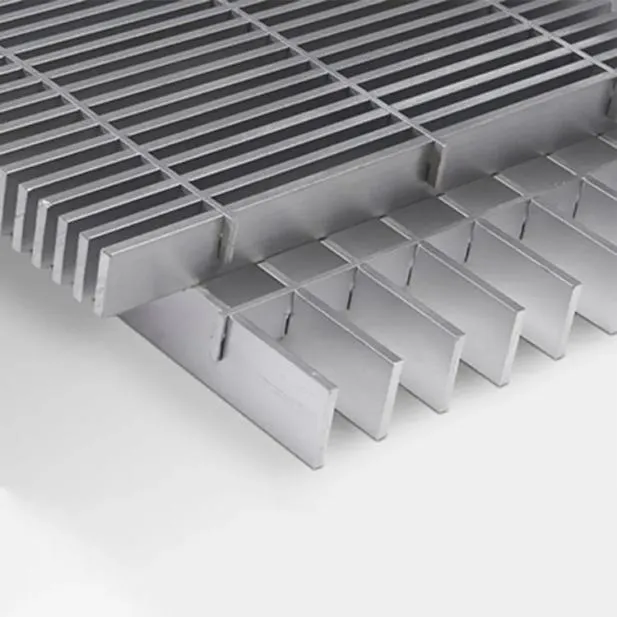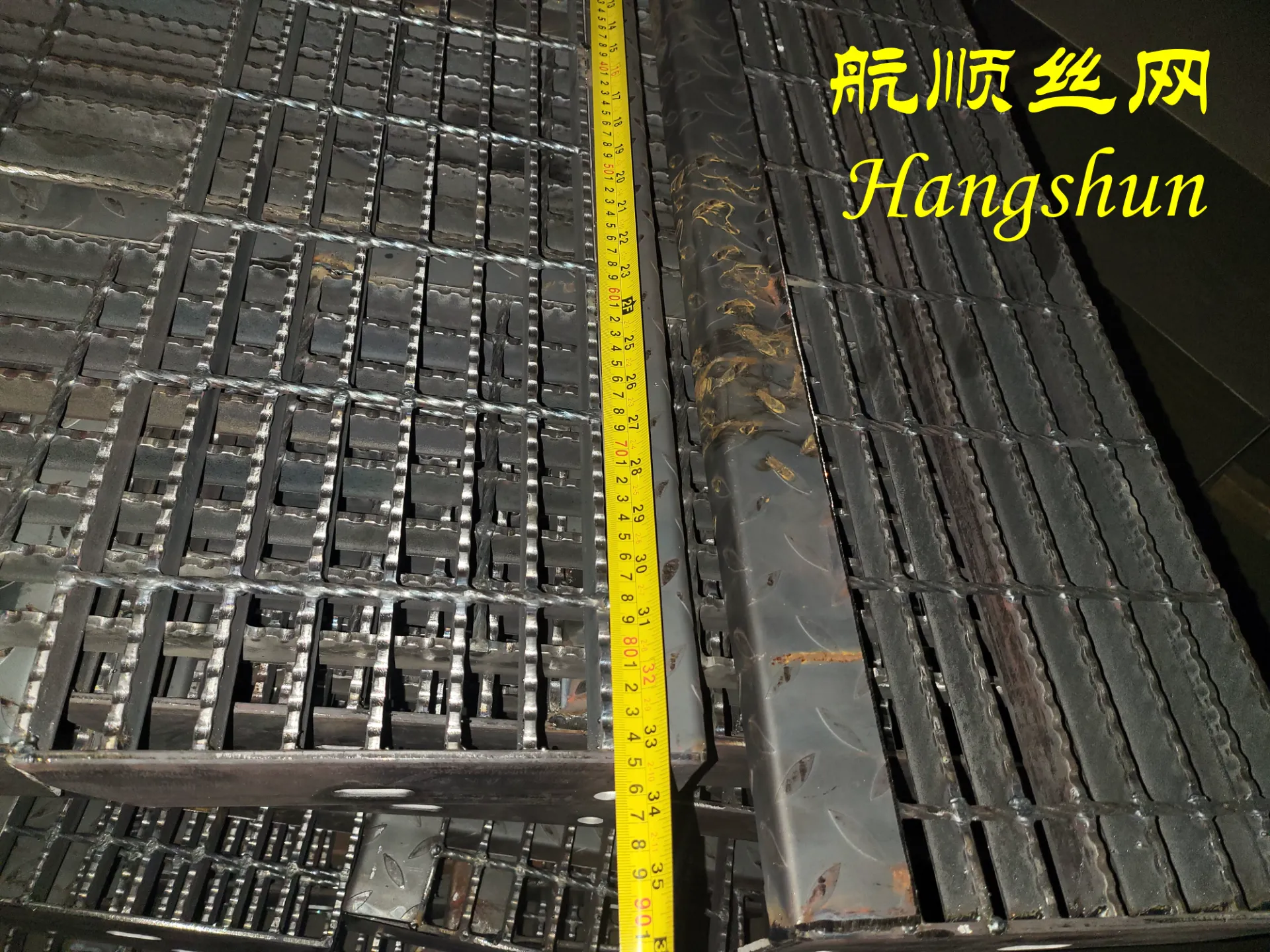- Industrial zone, South of Anping Town, Hengshui, Hebei, China.
- sales@hfpetromesh.com
- +86-18931809706
 Afrikaans
Afrikaans  Albanian
Albanian  Amharic
Amharic  Arabic
Arabic  Armenian
Armenian  Azerbaijani
Azerbaijani  Basque
Basque  Belarusian
Belarusian  Bengali
Bengali  Bosnian
Bosnian  Bulgarian
Bulgarian  Catalan
Catalan  Cebuano
Cebuano  Corsican
Corsican  Croatian
Croatian  Czech
Czech  Danish
Danish  Dutch
Dutch  English
English  Esperanto
Esperanto  Estonian
Estonian  Finnish
Finnish  French
French  Frisian
Frisian  Galician
Galician  Georgian
Georgian  German
German  Greek
Greek  Gujarati
Gujarati  Haitian Creole
Haitian Creole  hausa
hausa  hawaiian
hawaiian  Hebrew
Hebrew  Hindi
Hindi  Miao
Miao  Hungarian
Hungarian  Icelandic
Icelandic  igbo
igbo  Indonesian
Indonesian  irish
irish  Italian
Italian  Japanese
Japanese  Javanese
Javanese  Kannada
Kannada  kazakh
kazakh  Khmer
Khmer  Rwandese
Rwandese  Korean
Korean  Kurdish
Kurdish  Kyrgyz
Kyrgyz  Lao
Lao  Latin
Latin  Latvian
Latvian  Lithuanian
Lithuanian  Luxembourgish
Luxembourgish  Macedonian
Macedonian  Malgashi
Malgashi  Malay
Malay  Malayalam
Malayalam  Maltese
Maltese  Maori
Maori  Marathi
Marathi  Mongolian
Mongolian  Myanmar
Myanmar  Nepali
Nepali  Norwegian
Norwegian  Norwegian
Norwegian  Occitan
Occitan  Pashto
Pashto  Persian
Persian  Polish
Polish  Portuguese
Portuguese  Punjabi
Punjabi  Romanian
Romanian  Russian
Russian  Samoan
Samoan  Scottish Gaelic
Scottish Gaelic  Serbian
Serbian  Sesotho
Sesotho  Shona
Shona  Sindhi
Sindhi  Sinhala
Sinhala  Slovak
Slovak  Slovenian
Slovenian  Somali
Somali  Spanish
Spanish  Sundanese
Sundanese  Swahili
Swahili  Swedish
Swedish  Tagalog
Tagalog  Tajik
Tajik  Tamil
Tamil  Tatar
Tatar  Telugu
Telugu  Thai
Thai  Turkish
Turkish  Turkmen
Turkmen  Ukrainian
Ukrainian  Urdu
Urdu  Uighur
Uighur  Uzbek
Uzbek  Vietnamese
Vietnamese  Welsh
Welsh  Bantu
Bantu  Yiddish
Yiddish  Yoruba
Yoruba  Zulu
Zulu
- Afrikaans
- Albanian
- Amharic
- Arabic
- Armenian
- Azerbaijani
- Basque
- Belarusian
- Bengali
- Bosnian
- Bulgarian
- Catalan
- Cebuano
- Corsican
- Croatian
- Czech
- Danish
- Dutch
- English
- Esperanto
- Estonian
- Finnish
- French
- Frisian
- Galician
- Georgian
- German
- Greek
- Gujarati
- Haitian Creole
- hausa
- hawaiian
- Hebrew
- Hindi
- Miao
- Hungarian
- Icelandic
- igbo
- Indonesian
- irish
- Italian
- Japanese
- Javanese
- Kannada
- kazakh
- Khmer
- Rwandese
- Korean
- Kurdish
- Kyrgyz
- Lao
- Latin
- Latvian
- Lithuanian
- Luxembourgish
- Macedonian
- Malgashi
- Malay
- Malayalam
- Maltese
- Maori
- Marathi
- Mongolian
- Myanmar
- Nepali
- Norwegian
- Norwegian
- Occitan
- Pashto
- Persian
- Polish
- Portuguese
- Punjabi
- Romanian
- Russian
- Samoan
- Scottish Gaelic
- Serbian
- Sesotho
- Shona
- Sindhi
- Sinhala
- Slovak
- Slovenian
- Somali
- Spanish
- Sundanese
- Swahili
- Swedish
- Tagalog
- Tajik
- Tamil
- Tatar
- Telugu
- Thai
- Turkish
- Turkmen
- Ukrainian
- Urdu
- Uighur
- Uzbek
- Vietnamese
- Welsh
- Bantu
- Yiddish
- Yoruba
- Zulu
lut . 18, 2025 11:28
Back to list
Press-Locked Steel Grating
Navigating the landscape of galvanised grating prices can be a complex affair, with various factors influencing costs and impacting purchasing decisions. For businesses and individuals looking to make informed decisions, understanding the nuances of this industry requires not just price comparison but a deeper dive into quality, application, and market trends.
Incorporating third-party quality inspections and lifespan assessments into the purchasing process can enhance trustworthiness. These independent evaluations provide unbiased insights into the grating's performance, helping buyers avoid substandard products that could fail under pressure. This not only secures infrastructure investments but also aids in maintaining functional and safe industrial environments. As environmental sustainability gains prominence, the eco-footprint of galvanised gratings is becoming an influential factor for consumers. Seeking products made from recycled materials or those produced using sustainable practices can be cost-effective in the long run, aligning with socially responsible business strategies. Moreover, selecting suppliers who prioritize environmentally friendly production emphasizes an organization’s commitment to sustainability, potentially expanding opportunities with clients who value green initiatives. To maximize returns on investment, buyers should consider the longevity and lifecycle cost analysis of galvanised grating. Instead of focusing solely on the initial purchase price, evaluating the maintenance costs, potential downtimes due to corrosion, and replacement frequencies provides a more comprehensive understanding of the grating's financial impact over time. Lastly, leveraging digital tools and platforms for sourcing galvanised grating pricing information can be beneficial. Online databases, supplier directories, and e-commerce platforms offer extensive resources for comparing options, reading reviews, and accessing all-inclusive bids, granting businesses the power to negotiate better deals. In summary, while the price of galvanised grating is pivotal, an emphasis on quality, adherence to standards, and environmental considerations should form the foundation of a well-informed purchasing strategy. Through a balanced approach integrating expert insights, authoritative sourcing, and trustworthy evaluations, stakeholders can ensure that their investment not only meets immediate needs but also aligns with broader organizational goals.


Incorporating third-party quality inspections and lifespan assessments into the purchasing process can enhance trustworthiness. These independent evaluations provide unbiased insights into the grating's performance, helping buyers avoid substandard products that could fail under pressure. This not only secures infrastructure investments but also aids in maintaining functional and safe industrial environments. As environmental sustainability gains prominence, the eco-footprint of galvanised gratings is becoming an influential factor for consumers. Seeking products made from recycled materials or those produced using sustainable practices can be cost-effective in the long run, aligning with socially responsible business strategies. Moreover, selecting suppliers who prioritize environmentally friendly production emphasizes an organization’s commitment to sustainability, potentially expanding opportunities with clients who value green initiatives. To maximize returns on investment, buyers should consider the longevity and lifecycle cost analysis of galvanised grating. Instead of focusing solely on the initial purchase price, evaluating the maintenance costs, potential downtimes due to corrosion, and replacement frequencies provides a more comprehensive understanding of the grating's financial impact over time. Lastly, leveraging digital tools and platforms for sourcing galvanised grating pricing information can be beneficial. Online databases, supplier directories, and e-commerce platforms offer extensive resources for comparing options, reading reviews, and accessing all-inclusive bids, granting businesses the power to negotiate better deals. In summary, while the price of galvanised grating is pivotal, an emphasis on quality, adherence to standards, and environmental considerations should form the foundation of a well-informed purchasing strategy. Through a balanced approach integrating expert insights, authoritative sourcing, and trustworthy evaluations, stakeholders can ensure that their investment not only meets immediate needs but also aligns with broader organizational goals.
Share
Next:
Latest news
-
Welded Steel Bar Grating: The Rugged Industrial Flooring Solution Built for Load and LongevityNewsJun.24,2025
-
Steel Walkway Grating: Reliable, Resilient, and Built for Every StepNewsJun.24,2025
-
Shale Shaker Screen for Sale: Optimize Drilling Efficiency with Precision Screening PowerNewsJun.24,2025
-
Shaker Screen for Sale: Elevate Your Drilling Efficiency with Durable Separation SolutionsNewsJun.24,2025
-
Press Locked Steel Grating: Industrial Strength with Precision Fit for Heavy-Duty ApplicationsNewsJun.24,2025
-
Perimeter Safety Netting: The Critical Safety Upgrade for Every HelipadNewsJun.24,2025